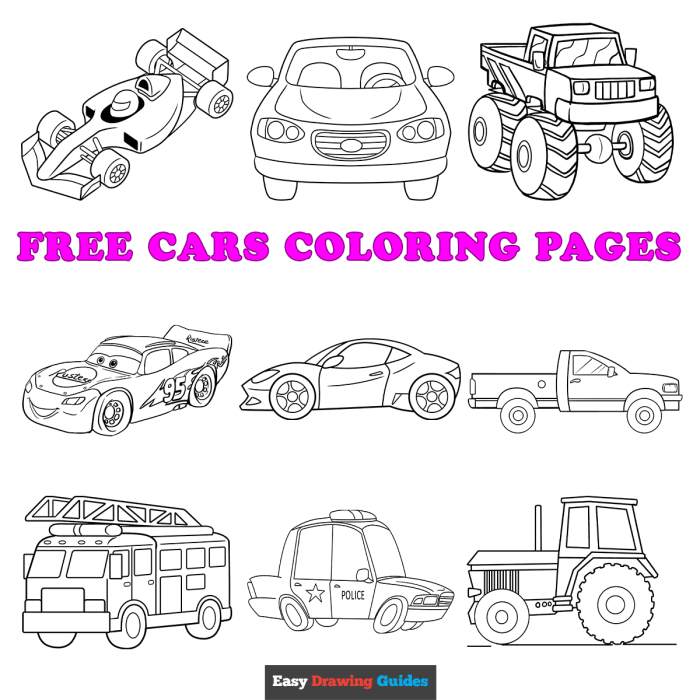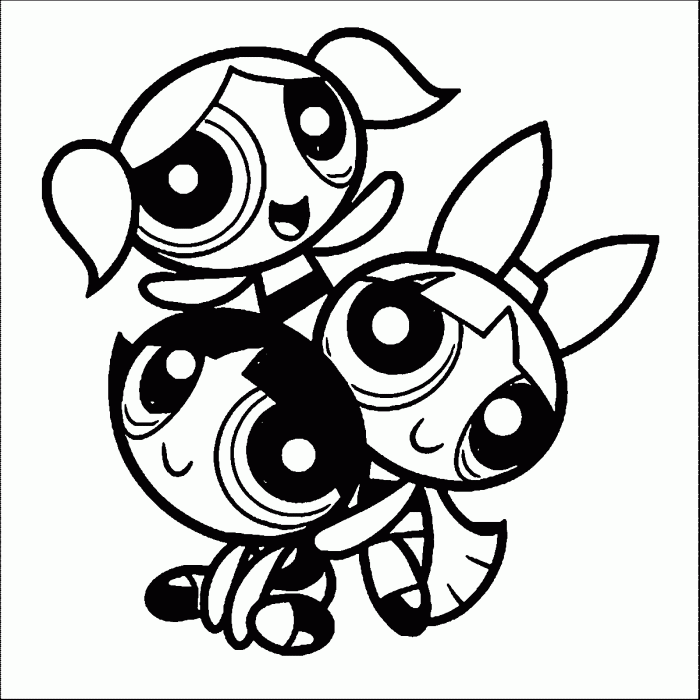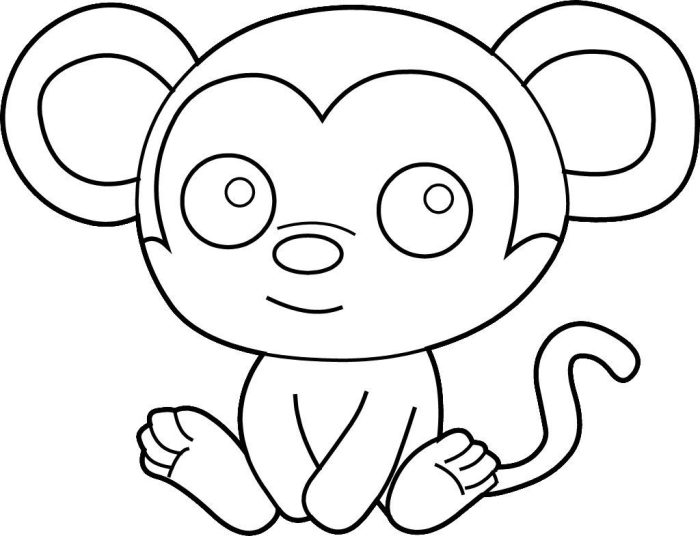Market Research

Car coloring book pages – The market for children’s coloring books remains robust, with car-themed books occupying a significant niche. Understanding current trends and popular themes within this niche is crucial for maximizing the success of a new car coloring book. This research analyzes the popularity of various car types, pricing strategies, and key features contributing to a coloring book’s market success.
Car Coloring Book Page Popularity Trends
Current market trends indicate a sustained demand for car coloring books, particularly those targeting younger children (ages 3-8) and those featuring recognizable and popular car brands. The rise of online marketplaces and print-on-demand services has also democratized the creation and distribution of coloring books, leading to a wider variety of options for consumers. However, books with high-quality illustrations, detailed designs, and engaging themes continue to outperform simpler options.
Car coloring book pages offer a fun way for children to express their creativity, focusing on the details of various vehicle designs. However, if you’re looking for a slightly different prehistoric theme, consider exploring the exciting world of coloring book pages dinosaurs ; these offer a unique artistic challenge. Returning to cars, the diverse range of models available in coloring books provides endless opportunities for imaginative coloring.
Top-Selling Car Coloring Book Pages and Characteristics
Analyzing top-selling car coloring books reveals several key characteristics contributing to their success. These books often feature a mix of simple and complex designs, catering to different skill levels. High-quality paper stock is also a common feature, ensuring that the pages can withstand repeated coloring without tearing or bleeding through. Furthermore, many successful books incorporate educational elements, such as including facts about the featured cars or encouraging creativity through open-ended prompts.
For example, a popular book might feature a series of pages depicting different stages of car assembly, allowing children to color each step. Another example could be a book featuring various cars from a specific decade, introducing children to automotive history in a fun and engaging way.
Popularity of Different Car Types in Coloring Books
The popularity of different car types varies significantly within the coloring book market. Sports cars, with their sleek designs and vibrant colors, generally rank highly. Classic cars, with their nostalgic appeal and intricate details, also maintain strong popularity, particularly among older children and adults. Trucks, while less prevalent than sports or classic cars, still find a dedicated audience, particularly in regions where trucks are a significant part of the culture.
This preference reflects broader societal trends and the different age groups and interests of the target audience.
Car Type Popularity Analysis
| Car Type | Popularity Rank | Average Price | Notable Features |
|---|---|---|---|
| Sports Cars | 1 | $7.99 – $12.99 | Sleek designs, vibrant colors, detailed interiors |
| Classic Cars | 2 | $6.99 – $11.99 | Nostalgic appeal, intricate details, historical context |
| Trucks | 3 | $5.99 – $9.99 | Robust designs, variety of styles, potential for customization |
Design Elements

Creating visually engaging car coloring book pages requires careful consideration of several design elements. Successful pages blend appealing aesthetics with age-appropriate complexity, encouraging creativity while remaining manageable for the target audience. This section analyzes key design elements contributing to the success of car coloring book pages.
Color Palettes and Line Art Styles
Effective color palettes are crucial. Think vibrant primary colors for younger children, perhaps a bolder, more saturated range for older children or adults. Consider palettes inspired by specific car makes and models – a classic red for a Ferrari, a sleek silver for a futuristic concept car. Line art styles should be clear and easy to follow, avoiding overly intricate detail that might frustrate younger colorists.
A simple, bold line style is generally preferred for younger audiences, while slightly more detailed lines can be used for older children or adults. For example, a page featuring a vintage muscle car might employ thicker lines to define its robust form, while a sleek sports car might be rendered with thinner, more elegant lines. A page depicting a cartoonish monster truck might utilize exaggerated, playful lines, contrasting with the precise lines of a hyper-realistic depiction of a Formula 1 racecar.
Positive and Negative Space
The interplay of positive (the car itself) and negative (the surrounding space) space is paramount. Effective designs utilize negative space strategically to create a sense of balance and avoid a cluttered appearance. Too much detail can overwhelm the page, making it difficult to color. Conversely, too much empty space can make the page feel uninspired. A well-balanced design provides ample space around the car for coloring without sacrificing visual interest.
For instance, a page featuring a single, large car might have more negative space, whereas a page showing multiple smaller cars could have less.
Techniques for Creating Texture and Depth
Texture and depth add visual richness and realism. Techniques include varying line weights to suggest curves and shadows, using cross-hatching to create shading, and incorporating subtle gradients to mimic metallic surfaces. For example, a detailed depiction of a car’s tire might utilize cross-hatching to represent the tread, while a reflective surface could be suggested through carefully placed gradients.
The use of stippling (creating texture through closely spaced dots) can effectively mimic a rough or textured surface, such as the engine block or a weathered car body.
Line Weight Techniques
Effective line weight variation significantly impacts the overall visual appeal and clarity of the illustration. Consider these techniques:
- Bold Artikels: Used for defining the main shapes and forms of the car, ensuring clear separation from the background and other elements.
- Thin lines for details: Employed for finer details like headlights, windows, and interior elements, adding complexity without cluttering the image.
- Variable line weight: This technique involves changing the thickness of lines to create a sense of depth and form, making the car appear three-dimensional.
- Emphasis lines: Thicker lines are strategically used to draw attention to specific features, like the car’s logo or a particularly interesting design element.
- Gradual line weight changes: Subtle shifts in line weight can create smooth transitions between different parts of the car, enhancing its realism.
Illustrations: Car Coloring Book Pages

The following sections detail the visual elements for each coloring page design, focusing on color palettes, shapes, lines, and other features to create engaging and age-appropriate designs. The descriptions aim to provide a clear picture of the final artwork, enabling accurate and effective reproduction.
Futuristic Sports Car, Car coloring book pages
This coloring page features a sleek, low-slung futuristic sports car. Its body is predominantly composed of sharp angles and curved lines, creating a dynamic and modern aesthetic. The car’s primary shape is a wedge, with a long, low hood and a short, sharply angled rear. The windows are large and wrap-around, suggesting speed and visibility. The coloring page could incorporate vibrant, contrasting colors, such as a deep metallic blue for the body, accented with bright lime green highlights on the air intakes and spoilers.
Subtle gradients could be used to add depth and realism. Thin, precise lines define the car’s details, including intricate grillwork, aerodynamic vents, and futuristic-looking wheels with low-profile tires. The overall impression is one of high-tech speed and elegance.
Classic Convertible
The classic convertible coloring page showcases a vehicle from the mid-20th century, perhaps a 1950s or 1960s model. The body is characterized by smooth, flowing curves and rounded shapes, conveying a sense of classic elegance. The color scheme could be a classic combination, such as a deep cherry red exterior with a cream-colored interior. The convertible top is down, revealing the interior details.
These details include comfortable-looking bucket seats, a simple dashboard with round gauges, and a classic steering wheel. The wheels are wire-spoke, adding to the vintage aesthetic. The lines used are softer and more flowing compared to the futuristic car, reflecting the design style of the era. Subtle shading could be incorporated to suggest the curvature of the body and the depth of the interior.
Monster Truck
This coloring page depicts a powerful monster truck, designed to appeal to children with its exaggerated features. The truck’s body is large and imposing, with oversized wheels and tires. The tires should be heavily textured, suggesting deep treads and ruggedness. Bright, bold colors are essential, such as a vibrant primary color like red or green for the main body, with contrasting colors used for accents, like flames or stripes.
The truck’s suspension should be clearly visible, emphasizing its ability to traverse rough terrain. Simple, bold lines are used to define the truck’s features, avoiding intricate details that might be difficult for young children to color. Large, cartoonish features, such as exaggerated headlights and a grinning grill, add to the playful and appealing design. The overall effect should be one of fun, energy, and powerful strength.
Police Car
This coloring page features a modern police car, accurately depicting its markings and features. The body is typically a dark color, such as navy blue or black, with clearly visible police markings. These markings include the word “POLICE” in bold, uppercase lettering on the doors and hood, along with a visible police badge or emblem. The car should have flashing lights on the roof, represented by simple shapes that children can easily color.
Additional details might include a spotlight, a siren, and emergency lights on the bumpers. The lines used are clean and precise, ensuring the markings are clear and legible. The overall impression is one of authority and trustworthiness, but also approachable and friendly, reflecting the role of law enforcement.


